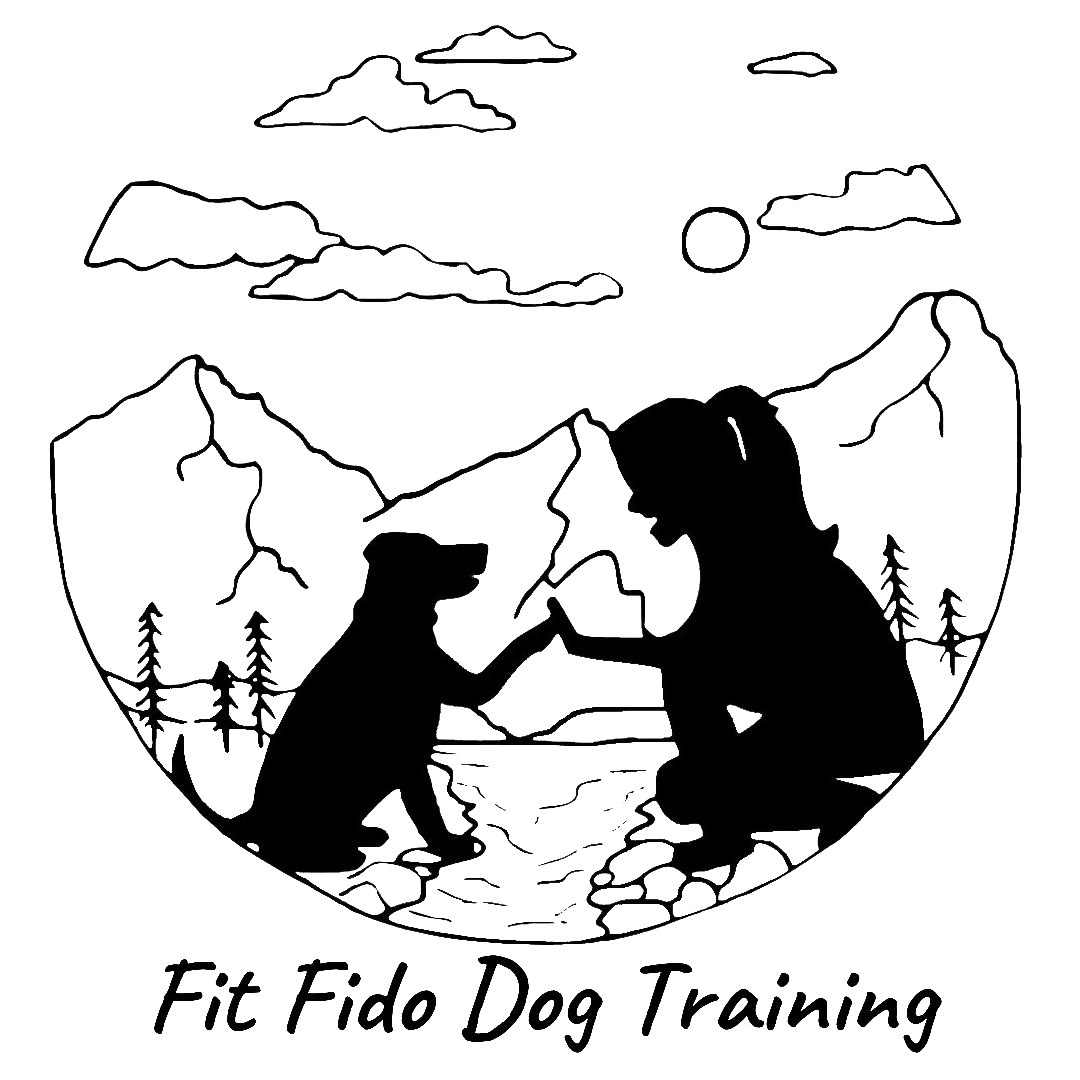A Dog’s Bucket
Do you know that all dog’s have a stress threshold similar to humans?
If you think of this as being visualized as a bucket you will be able to understand that,
like humans who have different tolerances for stress, dogs have different sized buckets too.
The size of the bucket is NOT determined by the size of the dog.
NATURAL STATE OF THE BUCKET
This is the baseline. Some dogs have a full bucket as a baseline, while others have an emptier bucket.
WHAT PAYS INTO THE BUCKET
What fills the bucket? Both positive/exciting and negative/ frustrating and/or frightening things impact the bucket.
SIZE OF THE BUCKET
Big or small and varies in size for every dog.
HOLE IN THE BUCKET
Where the bucket empties, varies in size too.
Some large, strong dogs have thimble sized buckets and we all know a chihuahua that acts like a doberman (don’t we? LOL)
This is because their bucket isn’t determined by their size it is determined by the skills they have that shape their brain to think certain ways.
This is where the magic of games comes into play!
These games are built on concepts ( there are many different ones-18 to be exact!)
which we can use to shape your dog’s brain into more positive pathways.
This is how we can train at home in your dog’s safest place instead of traditional training which is forcing your dog to be IN that stressful situation being flooded with all those stress hormones.
(no one learns well under stress)
By creating this safe environment for your dog to learn in you are fostering a trusting relationship
and growing your bond together as a team.
Who doesn’t want that!
Being aware of “bucket fillers” that affect your dog will help you become the best pet parent,
so let’s think about your dog’s lifestyle and think of some things that fill your dog’s bucket.
There are many things that
pay
into your dog’s bucket
excitement (positive stress)
scary things (negative stress)
pain, itchiness,
and tummy issues
are just some of the common bucket-fillers.
Some of these will be a major contributor to filling your dog’s bucket ( like a fearful event could overflow the bucket)
while other events may add small amounts multiple times a day ( like an upset stomach or itchiness).
Let’s think about your dog’s current bucket.
Where is their baseline?
Do they have a bucket that is more naturally full, or are they pretty chill and it’s on the emptier side?
What about the size of the bucket and the size of the hole that empties their bucket?
The awesome thing is that buckets grow and change as you continue your training, so assessing your dog’s bucket often means you are truly working with the dog in front of you!
Taking the stress bucket into consideration is going to help you to always be focused on your dog’s current mental state (train the dog in front of you) and working with them to provide the best learning outcome.
This is going to grow your relationship, trust and communication while creating a happy, harmonious lifestyle together.
Training is a lifestyle not a season, there is always something to learn .
Gamefy your life!
Please follow the links to book your free phone consultation or to jump right into training





